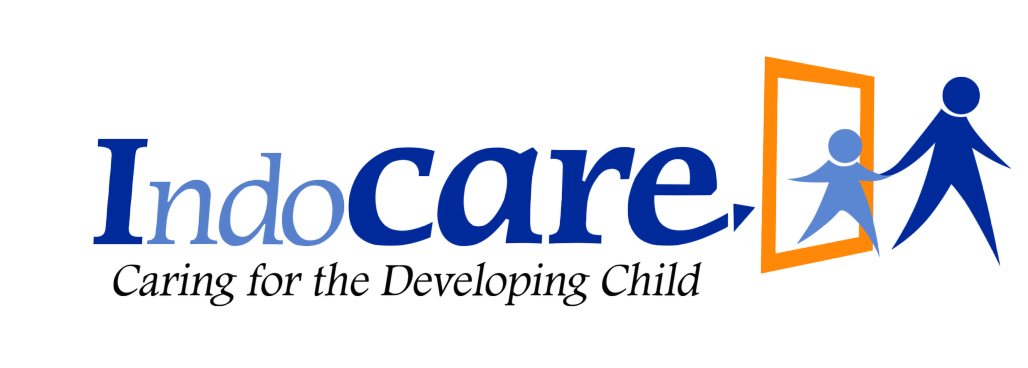Frequently Asked Questions
Is it effective for children with developmental needs to use Visual assistance?
Most children with developmental needs are visual learners. By using Visual assistance, the children may understand instructions better.
Can children with dvelopmental needs act like other normal children?
Children with developmental needs is not a disease. Children with developmental needs is a developmental disorder. One thing that we can do is to give children stimulations, interventions and treatments, in the hopes of enabling them to be independent as possible. We teach and enhance life skills with visual cues to help them function in their daily lives.
How do we understand what children with developmental needs are trying to say?
If children with developmental needs understand pictures, we can give them choices in the formal two or more picture visual supports to teach them how to make their own choices. Visual support is one of the ways to communicate with children with developmental needs.
How do we give instructions to children with developmental needs? (Give instruction with high intonation).
We should not raise our voices, but rather give instructions with clear and firm intonation. Speaking loudly does not help children with developmental needs to understand better but pictures do. All family members must be consistent and persistent to avoid confusion.
How do children with developmental needs learn how to take turns?
Use objects to symbolize whose turn. For example : Hat. If child gets the hat, it means it is his/her turn. When the hat is worn by others, it means it is the other person´s turn.
Why children with developmental needs Casein Free Gluten Free (CFGF) diet?
Research has shown that many children lack the [dpp4] enzyme that allows them to break down the peptides from gluten and casein. As a result, these individual, may have proteins, which are not digested fully, and cross the intestinal membrane, reaching the blood vessels, these proteins pass through the blood-brain barrier and interfere with neurotransmission. Consequently, the children may have poor attention span, odd behavior, a deficit in socialization skills and poor speech.
Many people are concerned if the non-verbal child starts to use the picture exchange as a mode of communication, will they be unmotivated to produce speech, or use words in their communication?
Fundamentally, it is important that the child is able to communicate, regardless of his/her means-using verbal or non-verbal language. Communication takes places only when there is a two way interaction between the child and other party (parents, siblings, teacher, peers, etc). Communication is integral for the child to request his/her needs, to ask for help, to agree or disagree, and to receive others inputs as well. A child with developmental needs may experience difficulty in verbal communication due to their lack and speech understand instructions and expressing their emotions, needs and wants. Pictures exchange becomes their voice, or “secret weapon”, to reduce a stressful situation when they need to rely a message to others and logically, in a less stressful environment, it provides a learning opportunity for the child to practice verbal language.
Can a child with developmental needs talk?
This is very much dependent on the child’s own developmental progress. If the child has modality to be verbal, he/she will be able to speak with guidance and therapy assistance. On the other hand, the child’s medical condition may be too severe and he/she will be experiencing difficulty to talk. Our goal is, nevertheless, to enhance the child’s communication as much as possible, using both verbal and/or non-verbal language.
Mrs. R has a student who seems to experience problems at school; he does not talk, interacts minimally with other, and has great difficulty in maintaining concentration. However, he is motivated to complete academic tasks given. Are these typical characteristics of a child with developmental needs? According to the child’s mother, this child is able to interact verbally with her at home. How can we advise the parents regarding the child’s conditions at school?
There needs to be a certified paediatrician, psychologist and psychiatrist to be able to diagnose a child with developmental needs. The process of determining the diagnosis will involve an interview with the child’s parents, caregivers as well as a clinical observation of the child.
